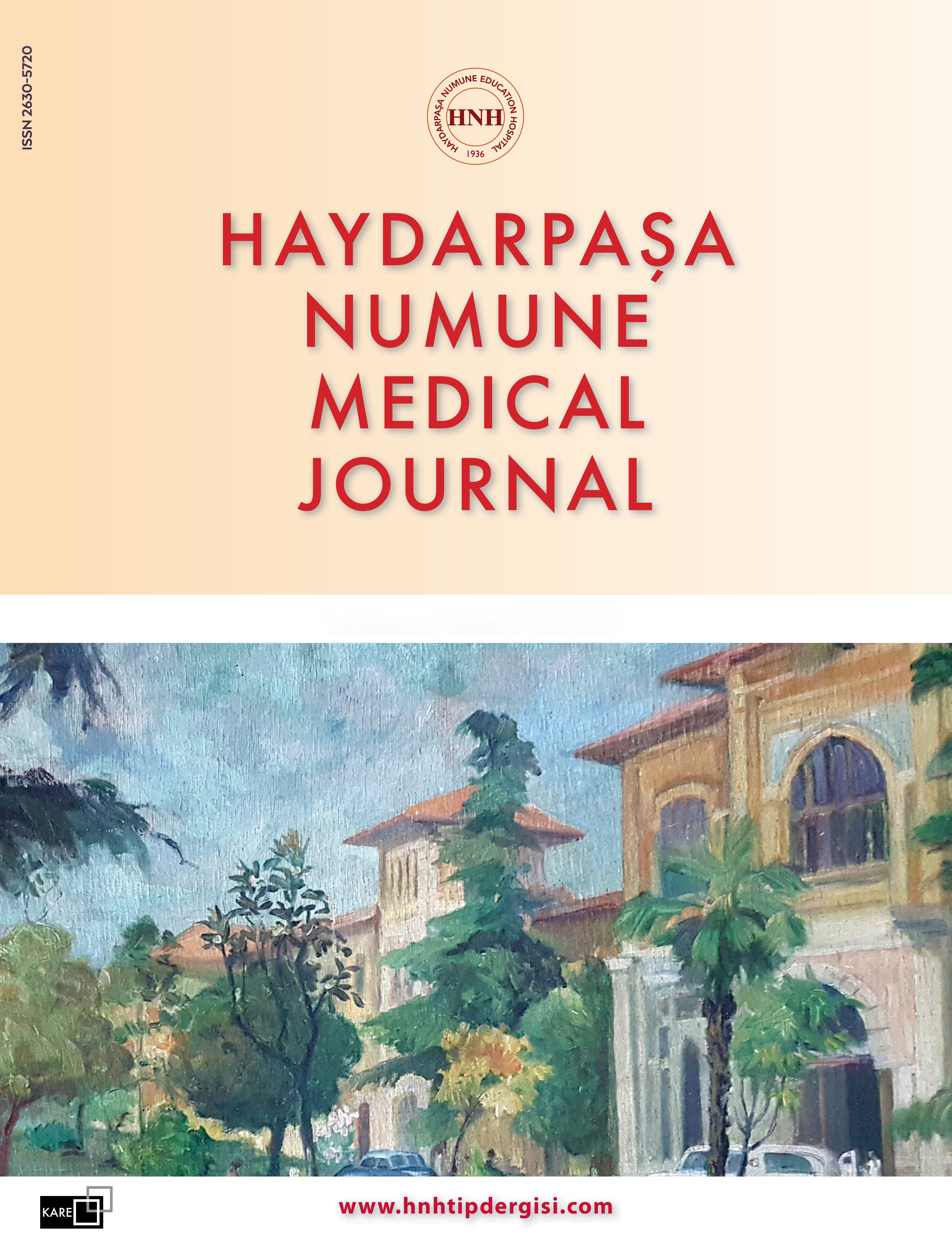Anatomic and Visual Outcomes Comparison of Two Different Scleral Fixation Techniques for the Patients without Capsule Support
Dilber Çelik Yaprak1, Baran Kandemir2, Muhammed Nurullah Bulut3, Aysu Karatay Arsan11Department of Ophthalmology, University of Health Sciences Türkiye, Kartal Dr. Lutfi Kırdar Training and Research Hospital, Istanbul, Türkiye2Department of Ophthalmology, Dünyagöz Suadiye Hospital, Istanbul, Türkiye
3Department of Ophthalmology, Memorial Bahçelievler Hospital, Istanbul, Türkiye
INTRODUCTION: In this study, we described two different sutureless intrascleral fixation techniques performed by creating scleral tunnels in patients without capsular support. Additionally, we evaluated the complications, as well as the anatomic and visual outcomes of the two techniques.
METHODS: This retrospective study included patients who underwent sutureless intrascleral intraocular lens (IOL) implantation using two different techniques. Patients who underwent sutureless intrascleral IOL implantation with the creation of a scleral tunnel at Kartal Dr. Lütfi Kırdar Training and Research Hospital between January 2016 and March 2017 were examined. The patients were compared in terms of (BCVA), intraocular pressure, mean keratometer values, refraction measurement, specular microscopy, corneal endothelial cell count, and anterior and posterior segment examination during the preoperative and postoperative periods. Complications occurring during and after the surgery were recorded.
RESULTS: The study included 18 eyes of 18 patients who underwent technique 1 and 18 eyes of 17 patients who underwent technique 2 (p>0.05). The mean follow-up period for cases operated with technique 1 was 6.4 months, while for technique 2 it was 6.2 months. Postoperative BCVA was found to be 0.18 (range 0.00-0.40) logMAR in technique 1 and 0.22 (range 0.00-0.40) logMAR in technique 2 (p>0.05). Median spherical equivalent values of the patients postoperatively were myopic in both groups. Median corneal endothelial cell loss in the group operated with technique 1 was 10.19%, whereas it was 11.16% in the patients who were operated with technique 2. In 1 patient using technique 1 and in 2 patients using technique 2, the IOL haptic was broken.
DISCUSSION AND CONCLUSION: Anatomic and visual outcomes, as well as complications, are similar for both techniques. Acceptable short-term outcomes are obtained with the modified techniques used in the present study; however, studies with longer follow-up periods and larger patient series are needed to determine whether the techniques may be successful in the long term.
Keywords: Capsule support, intraocular lens, scleral tunnel, sutureless, two techniques.
Manuscript Language: English
















